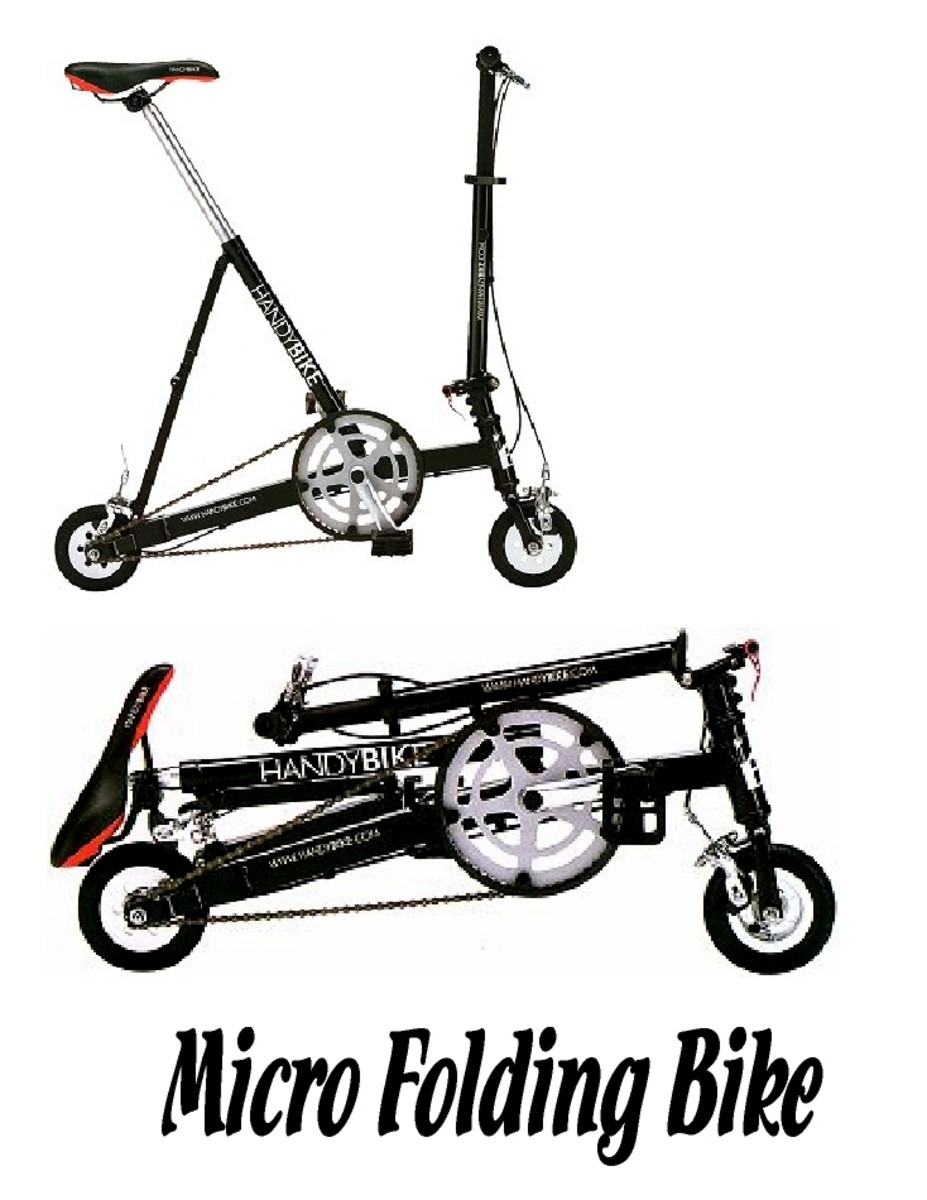The Birth of the Modern Bicycle 1893-6
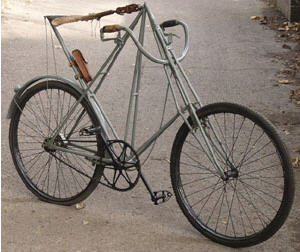
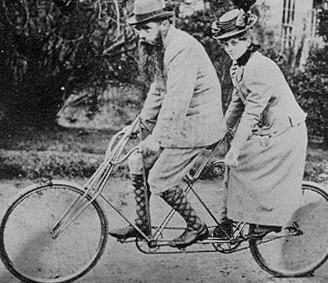
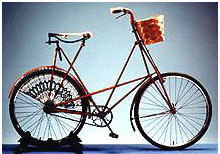
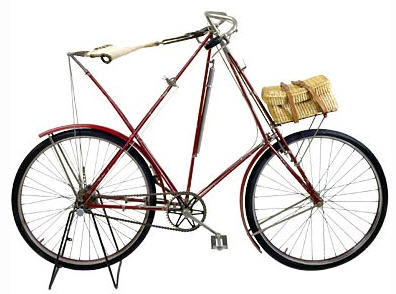
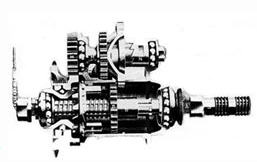
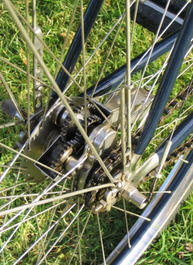
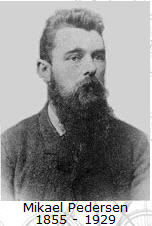
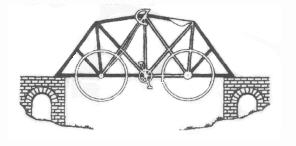
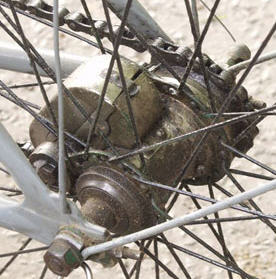
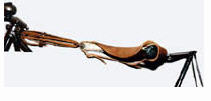

Great devices we use daily without much thought always began with someone at some point in time. The bicycle you ride in a race, up a mountain, along a trail today was born in 1897. Prior to this date, nearly all bicycles were of the high wheeler types where the pedal was attached directly to the wheel. The bikes were visually different with their huge 55-inch front wheel for faster speeds and its much small rear wheel. This sort of bike required the user to pedal 121 revolutions per minute to reach 20 mph. The High wheel bikes were very common from the 1880's, some bikes began to use a chain that drove the rear wheel by the 1887-9. These bikes were heavy and their seats were uncomfortable.
Enter Mikael Pedersen, who lived in England. He was an avid bicycler who rode up to 5000 miles a year, who had found many faults with the bicycle, a toy reserved for the rich (a bike cost 4 pounds. The average wage was 1.5 pounds a week). He found the seat to be very uncomfortable and heavy, and created a new seat made of small strands of rope. He was also unhappy with the frame most bikes had. Then, one day, probably in 1893-4, he rode across the Whipple-Murphy bridge in Dursley glancing at the structure, he stopped, and it dawned on him to use the similar geometric design for it was light and strong for his new bike tubular frame that weighed around 15-19 lbs, which was light for bikes. The seat was strung within the frame with leather straps and was flexible. Riding this bike was comfortable, not rigid. Of course, the 24" wheels were new and the first 2-3 speed gear boxes appeared, which resemble to today's bikes. The bike was popular with racing.
With the help of backers, who believed in his new bike, the company was formed and created production bikes starting in 1896. As the bike became popular, production increased to 30 bikes a week. The first bikes had no gears, it was not until 1903 that the first 3-gear boxes appeared. He went on to create a racing bike that weighed only 10 lbs. All of the standard functions of today's bike were present in the 1903 models-hand brakes, tube frame, standard sprocket and 2-3 gears, switched by a lever.
Mikael began to lose interest and by 1917, his small bike company stopped making them, although others made copies of them. It is estimated that maybe 8000 were produced, other sources indicate 30,000. He went on to design other things that were of lesser importance and he faded away with age. He died in 1929.
Like Henry Ford who took the car to the next level, Mikael did the same for the bicycle!

